 Ancient Man
Ancient Man
Ancient Man
Ancient Man

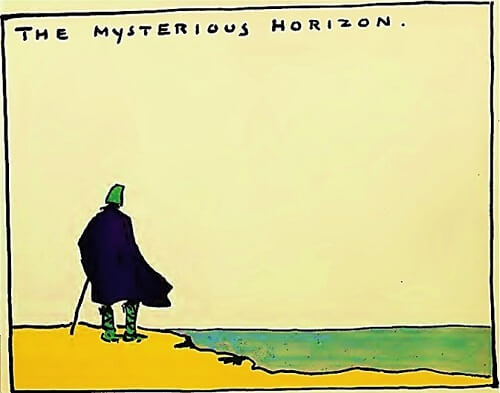
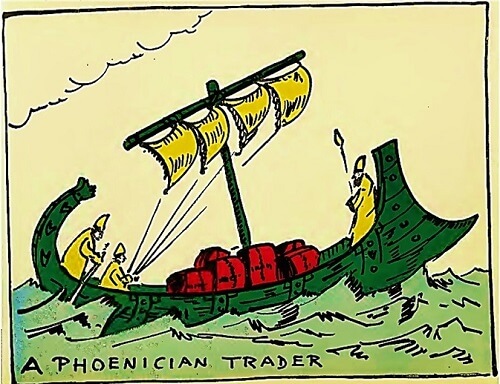
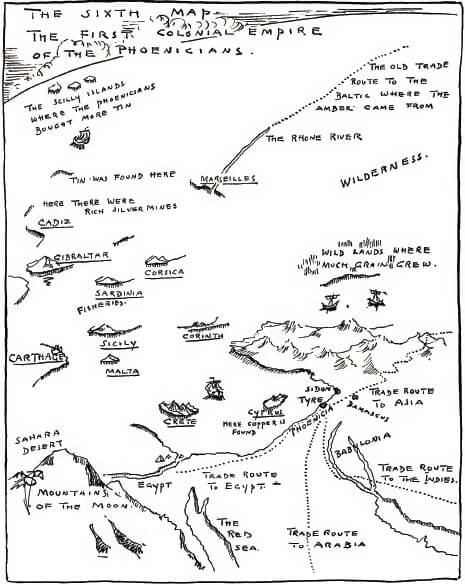
 Ancient Man
Ancient Man
Ancient Man
Ancient Man

Study the lesson for two weeks.
Over the two weeks:
Activity 1: Narrate the Chapter
Activity 2: Map the Lesson
Find locations related to the chapter.
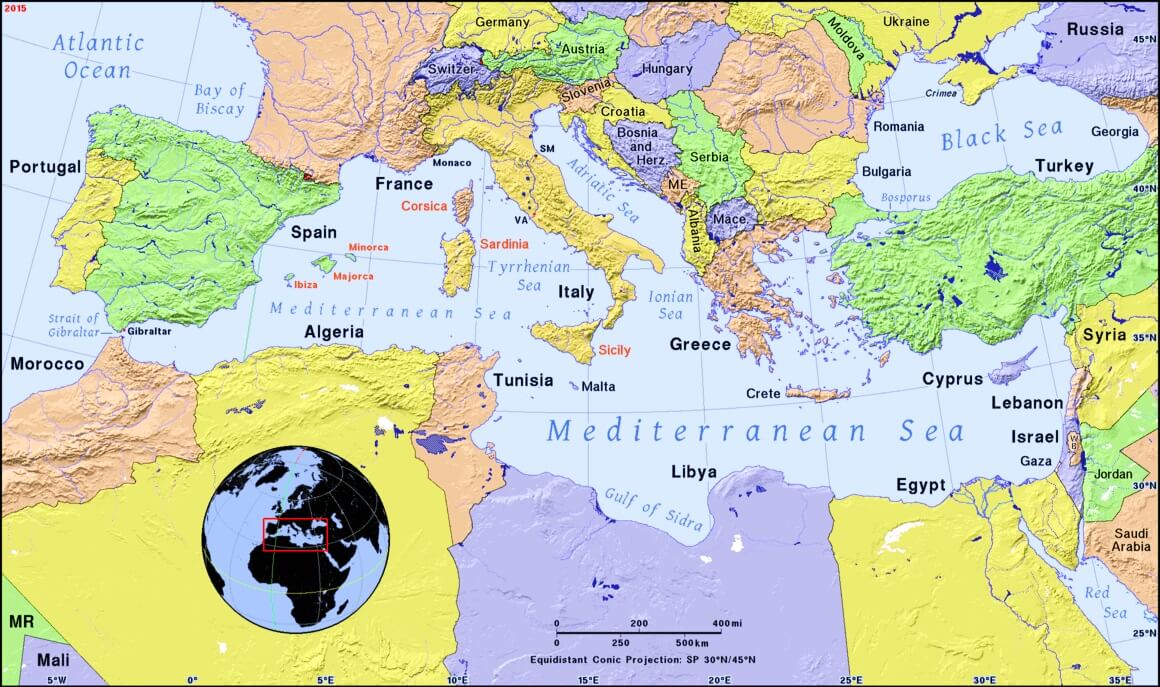
Activity 3: Can You Find It?
Study the painting, 'Phoenician Traders on the Coast of Britain,' by British painter Frederic Leighton.
Zoom in and find the following items.
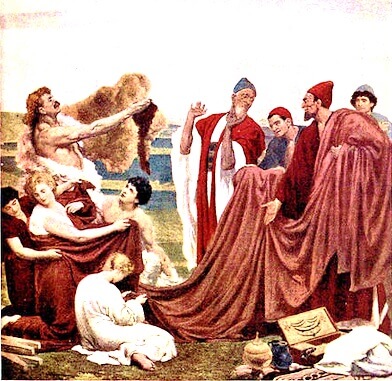
Activity 4: Study a Picture of Lebanon Today
Examine a picture of the old souk (an Arab market or marketplace; a bazaar) in Byblos, Lebanon today.
Note how the ancient buildings combine with the modern furnishings of a cafe.

Activity 5: Study a Carving of a Phoenician Ship.
Study the carving of a Phoenician ship on a sarcophagus, and find the following:
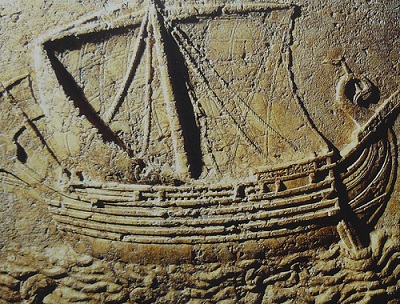
Activity 6: Complete Coloring Pages, Copywork, and Writing
